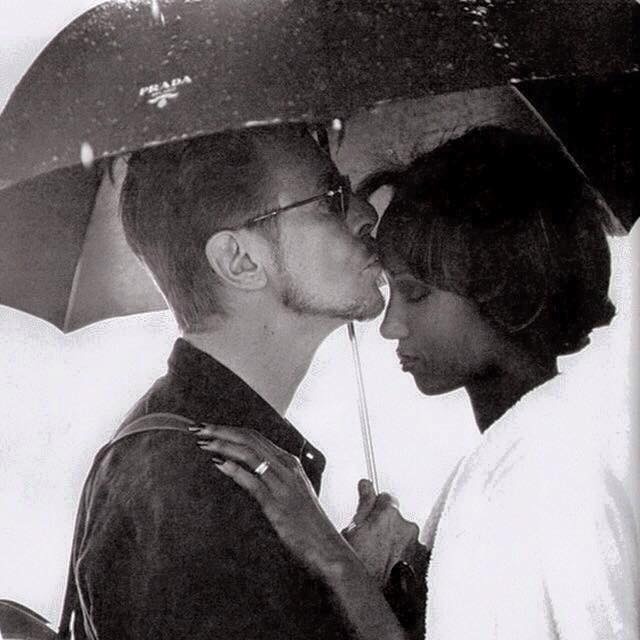
On Monday 10 January we woke to the devastating news that a true icon of music was gone. David Bowie’s unexpected death came just two days after his 69th birthday, the same day he released his album, Blackstar. His constantly morphing persona was a touchstone for performers and fans, and it seemed the whole world mourned the death of David Bowie as fans paid their tributes via social media platforms.
Of course, David Bowie will be remembered for his music, with hit songs such as ‘Starman’ ‘Changes’, ‘Heroes’ and ‘Let’s Dance’. His image and personas he took on such as Ziggy Stardust, The Thin White Duke and Aladdin Sane caused adulation and controversy alike. However, he was a father and a husband and also groundbreaking in his use of technology.
He was one of the first to embrace the internet, and in September 1998 he launched BowieNet. Nowadays, it is commonplace for artists to interact with their fans via Twitter, Facebook, Instagram and a myriad of online platforms. However, Bowie was one of the first to truly interact and provide material to his followers.
“In my view, BowieNet had to be the most groundbreaking reach out to fans that I have ever seen any artist ever do,” Craig Carrington, one of its users, says.
“He just had the attitude that if he was going to do it, he was going to do it right.”
Bowie had always appreciated the interplay between pop music and technology, but the explosion of web usage in the mid-1990s offered entirely new communication possibilities. His interest in the Internet began via his son around 1993. Previously he had used the computer for writing and painting. He prophesied buying individual music tracks, wearable tech, intelligent buildings, he spoke of his love of the chaos of the Internet. It highlights wonderfully just how revolutionary in his thinking he was.
Working with Internet design pioneers Robert Goodale and Ron Roy, he was able to enjoy and deeper internet experience with his fans, and also distribute his music. Excitingly fans were able to have their own BowieNet email address, here was an opportunity to have a shared affinity with the artist.
Speaking on Newsnight in December 1999, Bowie also made the argument of artists creating a link with their audience, something we all take for granted nowadays with Twitter and Instagram. Jeremy Paxman was not altogether convinced that Bowie’s argument had merits. “We’re on the cusp of something exhilarating and terrifying,” he said. “The actual context and the state of content are going to be so different to anything we can envisage at the moment – the interplay between the user and the provider will be so in simpatico it’s going to crush our ideas of what mediums are all about.
“Artists like Duchamp were so prescient here – the idea that the piece of work is not finished until the audience comes to it and adds their own interpretation, and what the piece of art is about is the grey space in the middle. That grey space in the middle is what the 21st century is going to be all about.”
It really should have come as no surprise. Bowie was by his own admission a magpie, flirting round things, dipping in and cherry picking aspects he found interesting. His inquisitive nature was ideally suited to be an early pioneer of the internet.
RIP David Bowie.
